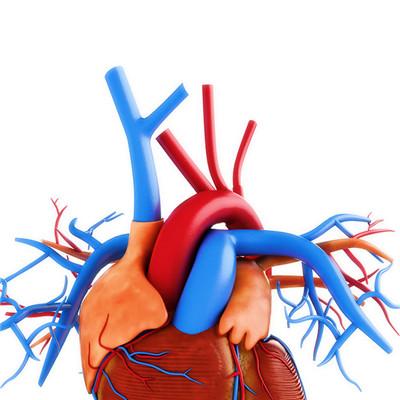Symptoms of papillary thyroid cancer
summary
Papillary thyroid carcinoma is the most common, and its malignancy is the lowest. Thyroid cancer accounts for about 85% of all thyroid cancers. It can occur at any age. It is more common in children or young women (before 40 years old). Some patients have received neck X-ray treatment in childhood. Symptoms of papillary thyroid cancer? Let's talk about it
Symptoms of papillary thyroid cancer
The first symptom of papillary thyroid carcinoma is a painless mass in the neck, most of which move up and down with swallowing. A few of them have hoarseness, dysphagia and pressure. A few of them first find the metastatic lymph nodes in the neck and then find the primary focus in the thyroid. Some of them are diagnosed as hyperthyroidism by diffuse enlargement in the neck.

The occurrence of papillary thyroid cancer is affected by hormone, genetic and environmental factors, such as radiation, goiter causing substances, iodine deficiency, etc. in addition, Hashimoto's thyroiditis may also lead to the occurrence of papillary thyroid cancer.
Imaging examination. The diagnostic accuracy of experienced ultrasound experts can reach more than 85%. Thyroid neoplasms with unclear boundary, internal echo unevenness, rich blood flow and fine sand like hyperechoic performance, often suggest thyroid cancer. If cervical lymph nodes are enlarged with calcification or cystic changes, thyroid cancer is more likely.

matters needing attention
Surgical resection is the first choice for papillary thyroid carcinoma. According to the pathological changes of thyroid tumor, unilateral lobectomy plus isthmus resection or total thyroidectomy was selected. According to the cervical lymph node metastasis, central lymph node dissection or cervical lymph node dissection was selected. Thyroid tumor resection or subtotal thyroidectomy is not recommended.











